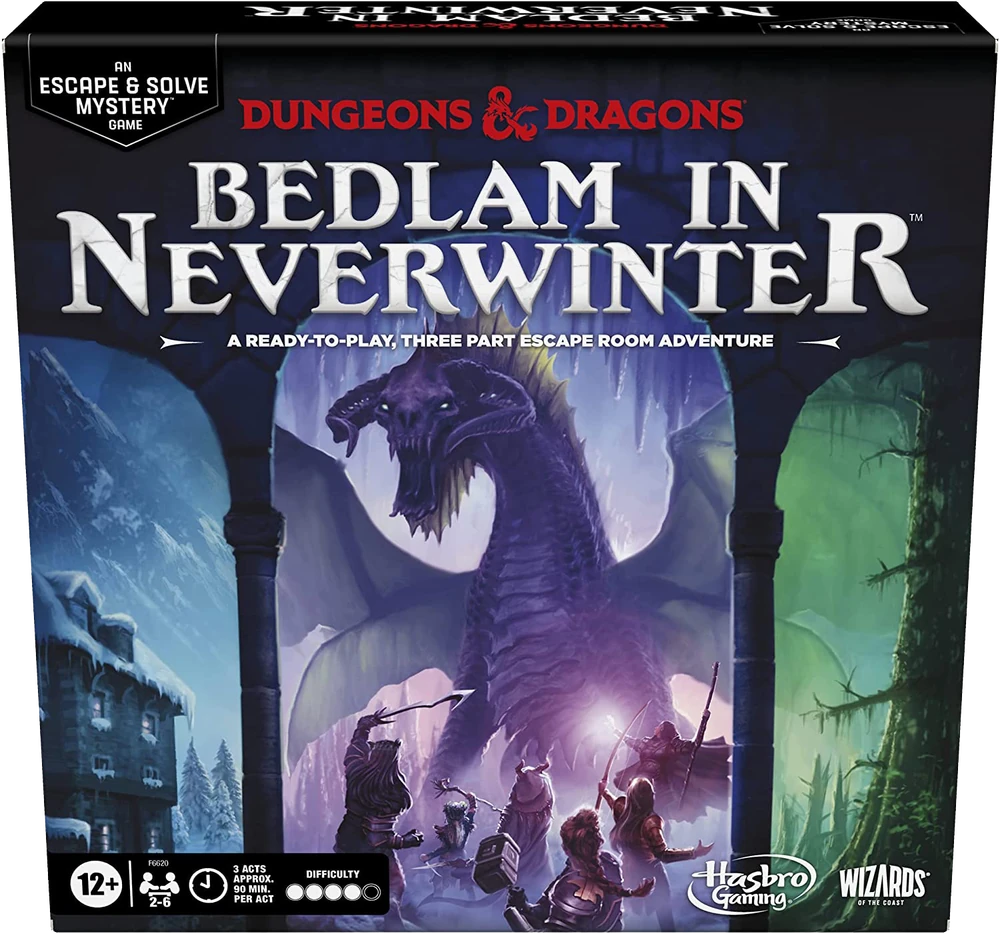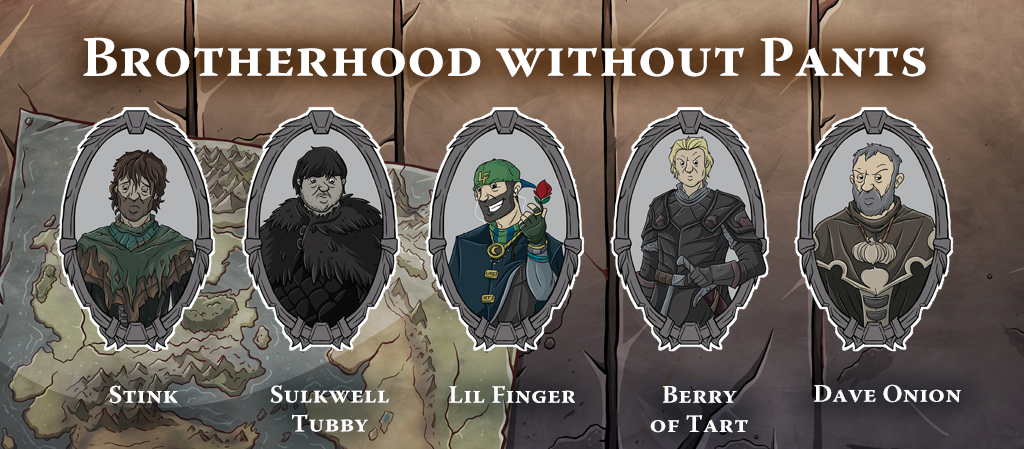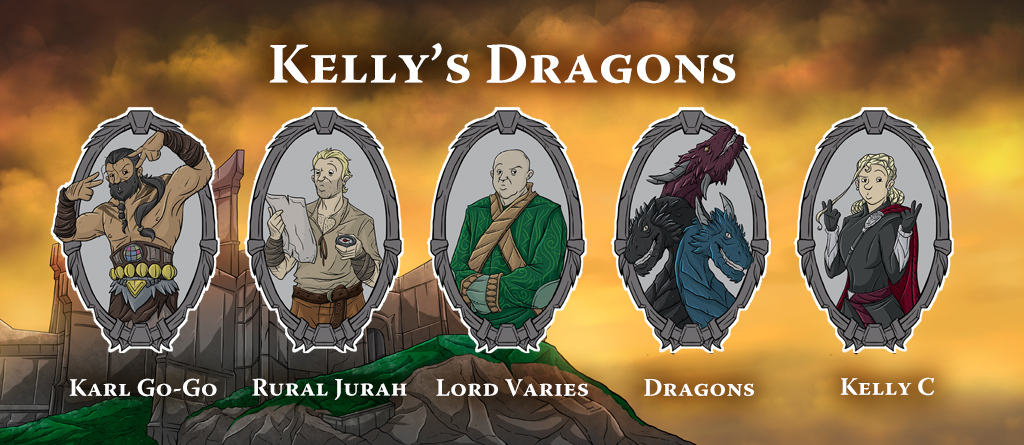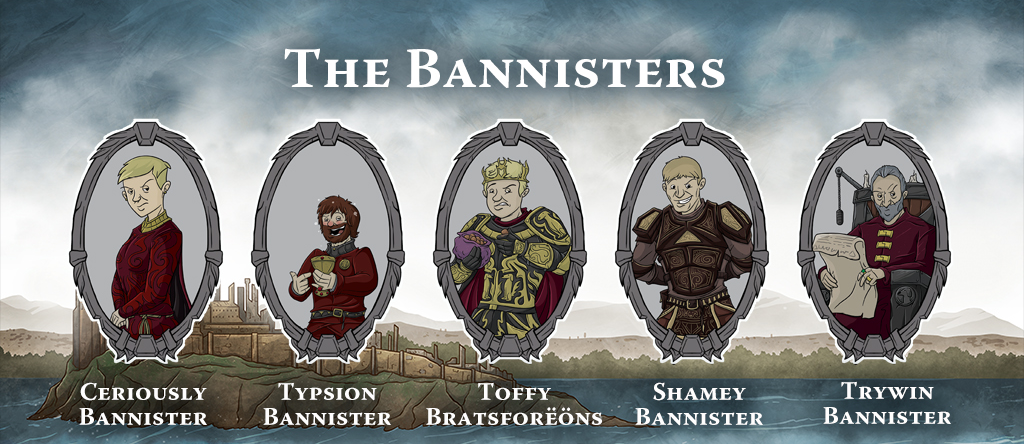
If you’re a geek older than forty, one of the tough/weird adjustments you’ve had to make in your life is that there was a point where you could reasonably expect to at least sample every significant geek media release…
… and then you couldn’t.
In the ‘90s, for example, I could reasonably expect to watch every science fiction TV show and play every geeky board game.
Today you could dedicate every waking moment of your life and you still wouldn’t be able to do either of those things.
And this extends to movies, roleplaying games, video games… All of it.
At first you think, “I’m just getting old. If I was still young, I could stay on top of all this.”
But that ain’t it.
I lived through the transitions from “there are three channels on your dial” to cable television to the modern fire hydrant of content. Having a local channel become a Fox affiliate — a fourth network! whoa! — was a significant event in my life.
We talk about the “last Renaissance man” — the point at which it was no longer possible for a single person to meaningfully master all fields of human study. In the last forty years, we’ve passed a similar threshold in media.
Looking back across that watershed, an important thing to understand is that, because it was possible, there was a cultural pressure to actually do it. To be part of the geek scene, you needed to know — wanted to know! — the shibboleths.
Pre-1970ish, SF fans could read every major SF novel.
Pre-2005ish, SF fans could watch every major SF TV series.
But, like the proverbial lobster, we have been imperceptibly transitioned into a reality where that’s NOT possible. And, just like the lobster, this creates a lot of stress.
Some of it is self-imposed.
Some of it is external.
“You haven’t watched [insert show here]? I guess you’re not a real fan!”
The scene then fractures.
I can’t learn all of those shibboleths, so I’m going to focus on one specific slice of geek media and learn THOSE shibboleths: So anime becomes its own, increasingly separate fandom. And then there’s so much anime that it, too, fractures into sub-fandoms.
When this fracturing takes the form of excluding rather than focusing, it can turn toxic. This is usually draped in conspiracy rhetoric and/or bigotry: Women or black people or story gamers are trying to steal our fandom!
Now we’re starting to see the emergence of mega-franchises producing so much content that it’s not just a matter of not having time to read every science fiction novel; it’s that you only really have time to engage with this ONE, all-consuming media tentpole. (And maybe squeeze a few other things in around the edges.)
This creates a bizarre paradox: We have a prolificacy of media vast beyond the bounds of comprehension; a cornucopia that would stagger the imagination of, say, an SF fan in the ‘50s.
But, simultaneously, the consumption of any single individual person is increasingly homogenous.
In the late 2010’s, how many people had 50% or 80% or 100% of their trips to the cinema be exclusively MCU films?
There are antecedents to this. From 1990-ish, for example, Star Trek and Star Wars both produced enough tie-in fiction that if you fully engaged with it you would probably read little or nothing else. There was a time when you could casually read every Marvel comic… and then you couldn’t.
It’s just becoming more common.
And this creates an interesting challenge for the megacorps driving these mega-franchises. You can push more and more of the all-in-one, all-consuming fandom… but only up to a certain point.
Once you exceed a fan’s capacity to consume everything — to learn every shibboleth — then the fandom will either radically schism (possibly toxically so) or, worse yet (for the megacorp, anyway), abandon the franchise entirely.
Dungeons & Dragons is an interesting case study here.
Pre-1984, or thereabouts, you could buy and read every single official release for the game. Starting in 1984, the number of modules being published each year was becoming onerous, but pre-1989 even a moderately devoted fan could still easily engage the major releases.
After 1989, on the other hand, AD&D 2nd Edition’s release schedule became a firehose of content. (Even ignoring the 300+ tie-in novels and video games and comic books.) No one could keep up with it, so the fanbase schismed along natural fault lines (“I’m only going to buy Dark Sun books!”) or dropped out.
D&D 3rd Edition and 4th Edition tried to maintain a more sustainable pace of releases so that fans could at least afford to purchase the books, but the TYPE of material they primarily released (PC options) couldn’t be brought to the table fast enough, so fans would, once again, become saturated and then drop out. (This is the fatal flaw to using a supplement treadmill to support an RPG line.)
D&D 5th Edition, on the other hand, initially dialed back the pace of releases and focused more heavily on adventure material (which is more consumable; you play the adventure and then you need a new adventure). The result is that even casual fans didn’t feel disconnected from the shibboleths or incapable of consuming the content: “Strahd” and “Dragon Heist” and “Auril” and “Baldur’s Gate” were all recognizable references to the vast majority of the fandom.
In the last couple of years, however, the pace of D&D 5th Edition releases has increased, the shibboleths are beginning to slip, and there are clear signs that the fanbase is fracturing. (Which is probably not great news going into a new edition.)
The Marvel Cinematic Universe is having a similar problem: Yes, the slip in quality (precipitated by a brain drain of all the major creators) is a contributing factor, but the more fundamental systemic problem is that the amount of material being released increased to a point where even people who wanted to keep up with it all couldn’t. The result? Fans, particularly casual fans, started checking out.
And, as the MCU demonstrates, the more you create the impression that “everything is important” and that a fan needs to “watch everything” in order to keep up, the more dramatic your crash will be the instant you pass the threshold at which fans can no longer do that: They won’t just dramatically scale back their engagement. They’ll drop out completely.
So if you’re running a mega-franchise, what’s the solution?
It basically boils down to releasing material at a pace that your audience can consume it.
That sounds simple, but it’s shockingly easier to succumb to temptation, ramp up your release schedule, and break the whole thing. Partly because modern capitalism / greed demands perpetual growth. Partly because your loudest and most hardcore fans will happily consumer FAR MORE than the majority of your audience, and if you heed their call they’ll be all that’s left in the burnt out husk of a once vibrant community. And partly because creating stuff is fun, and as your resources grow the allure of creating even more stuff — stuff you couldn’t have dreamed of creating just a few years ago! — can prove overwhelming. There’s also likely more and more people involved in the mega-franchise as it grows, and it will become increasingly difficult for that not to fuel an exponential pattern of growth.
Now, let’s flip it around: You’re a fan of a mega-franchise and it’s growing past your capacity to “keep up.” What can you do?
Broadly speaking, you’ll either need to let the franchise go or you’ll have to figure out how to change the way you engage with the franchise so that the “consume all” credo of collectorism doesn’t rob your joy.
That might be identifying some subset of the franchise (creators, characters, specific settings, etc.) that you’re most interested in. (Although be warned that the worst mega-franchises will make this difficult by constantly disrupting every segment of the fandom with “events.”) It might be withdrawing from new releases and just enjoying the stuff you love. (Were you really enjoying everything the mega-franchise was offering? Or were you buying some of that stuff just out of a sense of obligation?) Or it might be finding some new way of engaging with your fandom, perhaps by creating fan art or fan-fiction or Youtube videos, in a way that makes you more than just a passive consumer and gives you greater power to make your fandom what you want it to be.
And, of course, the best time to start figuring this out is BEFORE the franchise has become all-consuming in your life and knocked out all of your other interests and hobbies.















